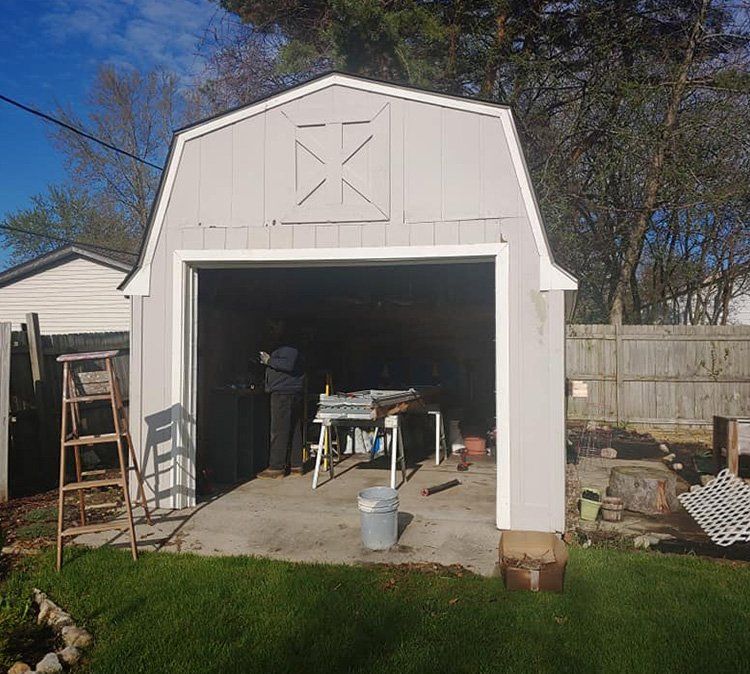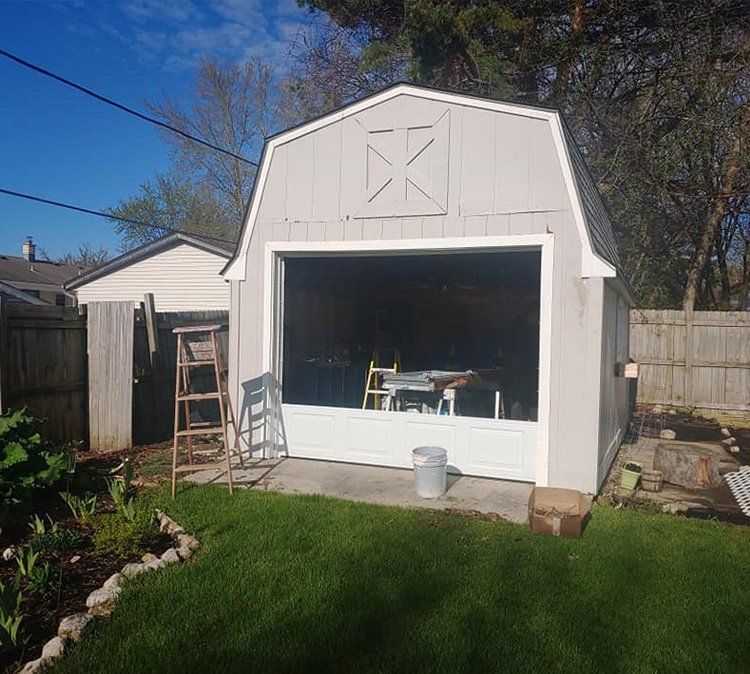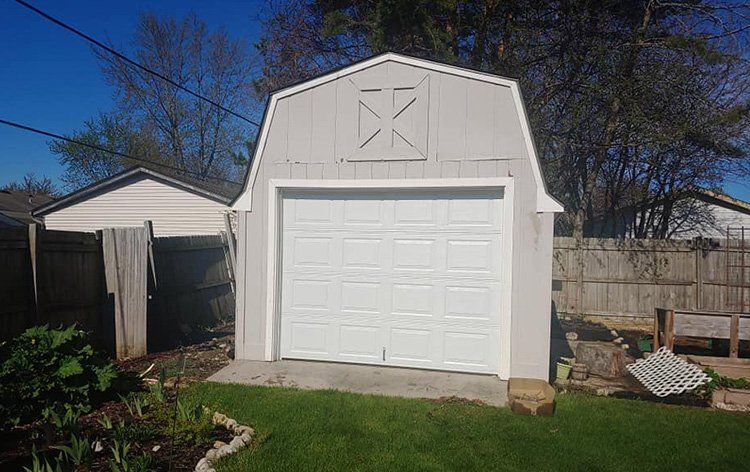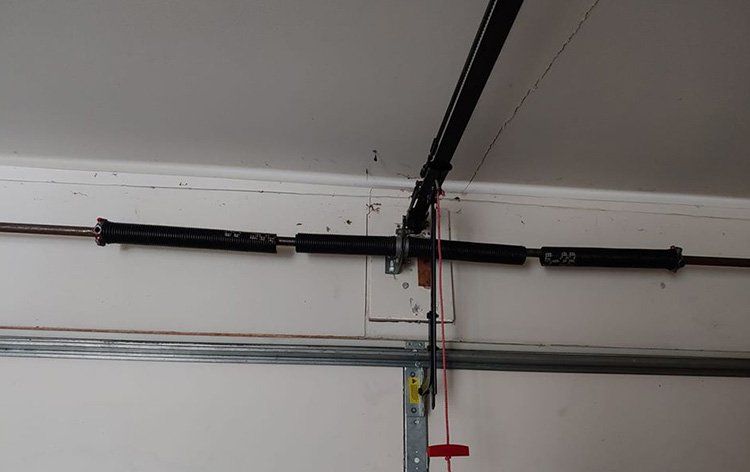What are the parts of a Garage Door?
Torsion Springs
The lifting muscle of your overhead door. This tightly wound spring is twisted to load up force. When the overhead door goes up, the spring unwinds, which helps lift the door's weight. Overhead doors are very heavy, and without torsion springs, neither you nor the garage door opener could lift the door. Torsion springs are crucial to your hanging door system working correctly. Some more massive overhead doors need more than one torsion spring. Because of the force these springs are under, extreme caution needs to be taken when working on loaded torsion springs.
Door Tracks
These are the tracks that guide your door from the closed to open position and back to closed again. The door rollers are attached to the door and move freely and smoothly through these tracks. If one of your door tracks becomes damaged in any way, your overhead door will lose its smooth operating process if it even opens at all. When you make your garage door opener work harder, you drastically shorten its life. In extreme cases of door track damage, the entire overhead door can dislodge itself from the tracks and fall onto whatever is unfortunate enough to be under it (hopefully, NOT YOU!).
Garage Door Parts
Horizontal Struts
Automatic Door Opener
Door Panel Hinges
Weatherstripping
Safety Clearance Eyes
These safety devices are an essential component of your overhead door system. What they do is prevent or stop the door from closing if they detect that any form of obstruction exists. Obstructions can be anything from vehicles and children's toys to pets and young children. These devices function by projecting an invisible beam across the base of your door. When each eye can "see" the other, it allows your door opener to work normally. If they are unable to "see" each other, it means that something is in the way.




